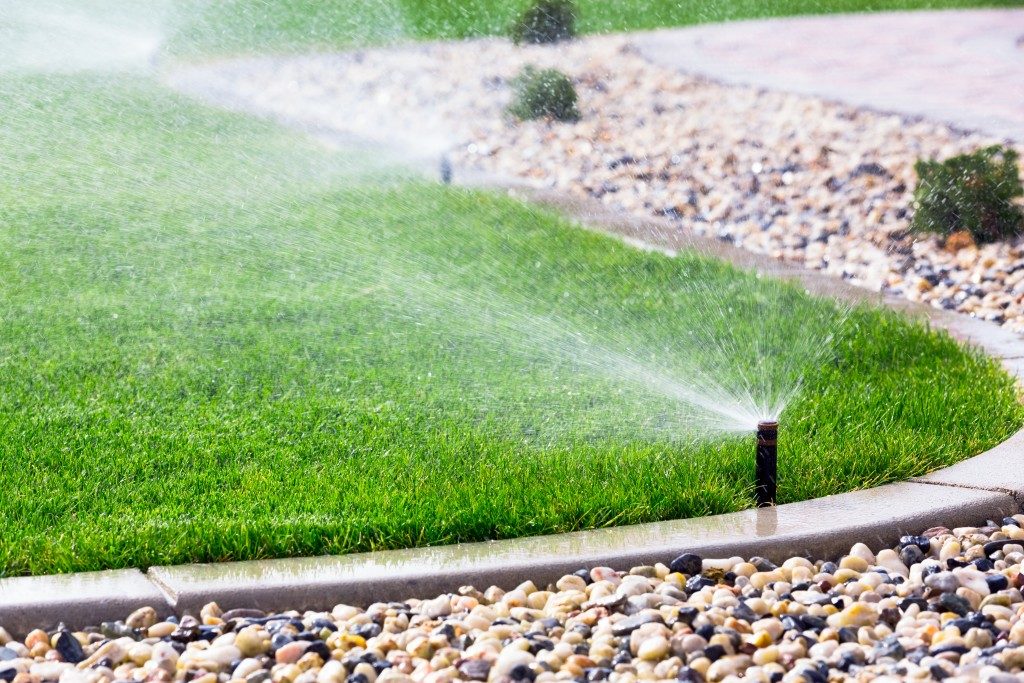Windows and doors: check. Sharp corners: check. Electrical outlets: check. It may seem like you have baby-proofed the entire house by now, but at the back of your mind, you might be thinking that you might be forgetting something. Don’t ignore that feeling because there is a good chance that you’re right.
Now that you’ve gone over the basics in baby-proofing, take a look at some of these steps that a lot of parents tend to overlook and make sure that you haven’t forgotten about them, too:
1. Garage door
It may seem unlikely that your small child will end up in the garage, but you can’t be too sure. The garage is full of hazards for your baby, and one of the biggest ones is your garage door. To ensure that your garage door won’t close on your child, test its auto-reverse feature to ensure that it will roll back if it senses your child underneath. It may also be necessary to place the sensors lower so that they can pick up the presence of your small child.
If your garage door is malfunctioning, call a reliable garage door repair service before the baby comes.
2. Small pieces on furniture
Some furniture pieces can have accents, caps, and other small pieces that babies’ small fingers can remove. These features are placed there to hide screws and bolts to make furniture more aesthetically pleasing. However, they also serve as choking hazards if your little one manages to pry them loose.
Remove these pieces and store them in a box temporarily to prevent your child from choking on them. Alternatively, permanently affix these pieces on the furniture with super glue.
3. Underside of furniture
Babies don’t have spatial awareness yet. Combined with their love of crawling under furniture, your baby can end up bumping their head on the underside of furniture and possibly injuring themselves.
To get rid of this potential hazard, install a layer of soft material or padding underneath any piece of furniture that your baby can crawl under. Moreover, ensure that there aren’t any nails or sharp objects protruding from underneath the furniture. If there are, remove them immediately or store the furniture away for now, if possible.
4. Bathroom trash cans

It’s easy to overlook this potential hazard because parents subconsciously think that their baby won’t be enticed by trash. But if you know how babies behave, you’d know that they will touch anything that interests them, including trash.
Bathroom trash cans can contain a lot of hazardous bits, including used tissue paper, discarded razors, and expired medicine. Therefore, it’s crucial that you store trash cans in a place that your baby can’t access, such as a baby-proofed cabinet or on top of the shelf.
5. Pet feeding bowls
Pet food is generally non-harmful to humans, even small children, but small pieces can be a choking hazard to your infant. On the other hand, pet water bowls with as little as an inch of water can already prove dangerous to a curious child. Moreover, pet bowls contain a lot of bacteria that can cause illness to your baby if they have access to it; yes, even if your pet is quite well-groomed.
For these reasons, it’s extremely important to keep pet bowls out of reach when it’s not time for your pet to feed or drink. You may also have to supervise your child for the few minutes that it takes for your pet to eat or drink so that they are not disturbed and you can put the bowls away right after. Some pets also get aggressive when something interrupts their eating, so it’s always a good idea to keep your small child away from your pet during feeding time, no matter how behaved they are.
6. Plants
You’d think that your baby won’t eat inedible plants, but think again. Babies will taste everything that they deem interesting enough to put in their mouths. That said, check your houseplants if they are non-toxic. Better yet, place them high out of reach to prevent your child from making them an afternoon snack (and possibly even sampling the dirt). The same goes for outdoor plants, especially garden-variety ones that can prove to be harmful when consumed in excess amounts, as well as plants that have thorns and prickly surfaces (cacti, roses, hollies).
It’s impossible to baby-proof your entire house, but eliminating as many hazards as you can, including the ones that are often forgotten, can increase your child’s safety, and in turn, reduce your anxiety. Aside from the basic baby-proofing measures that you’ve probably already one, ensure that you also check the items on this list.









